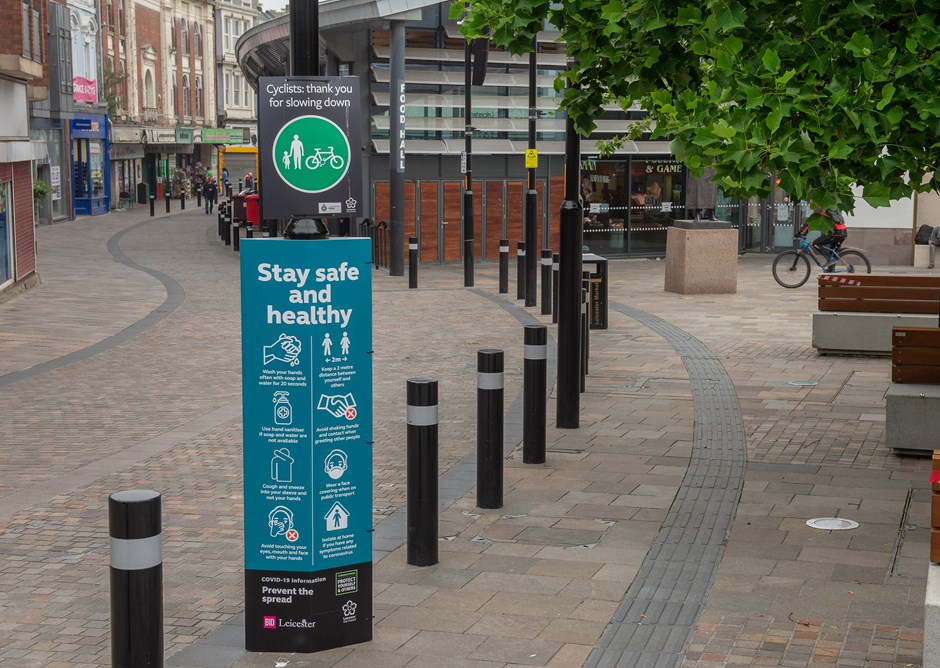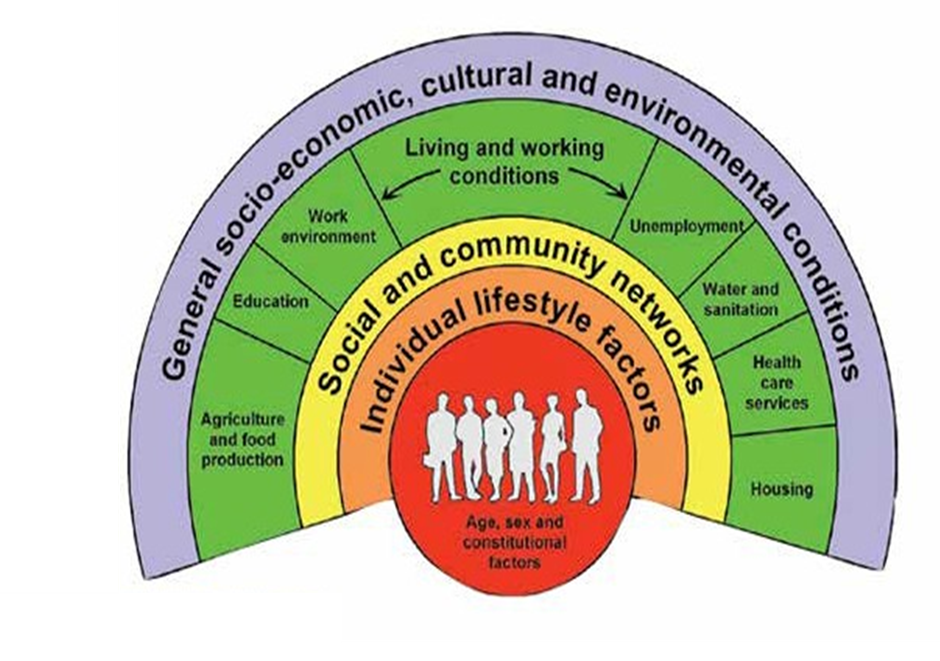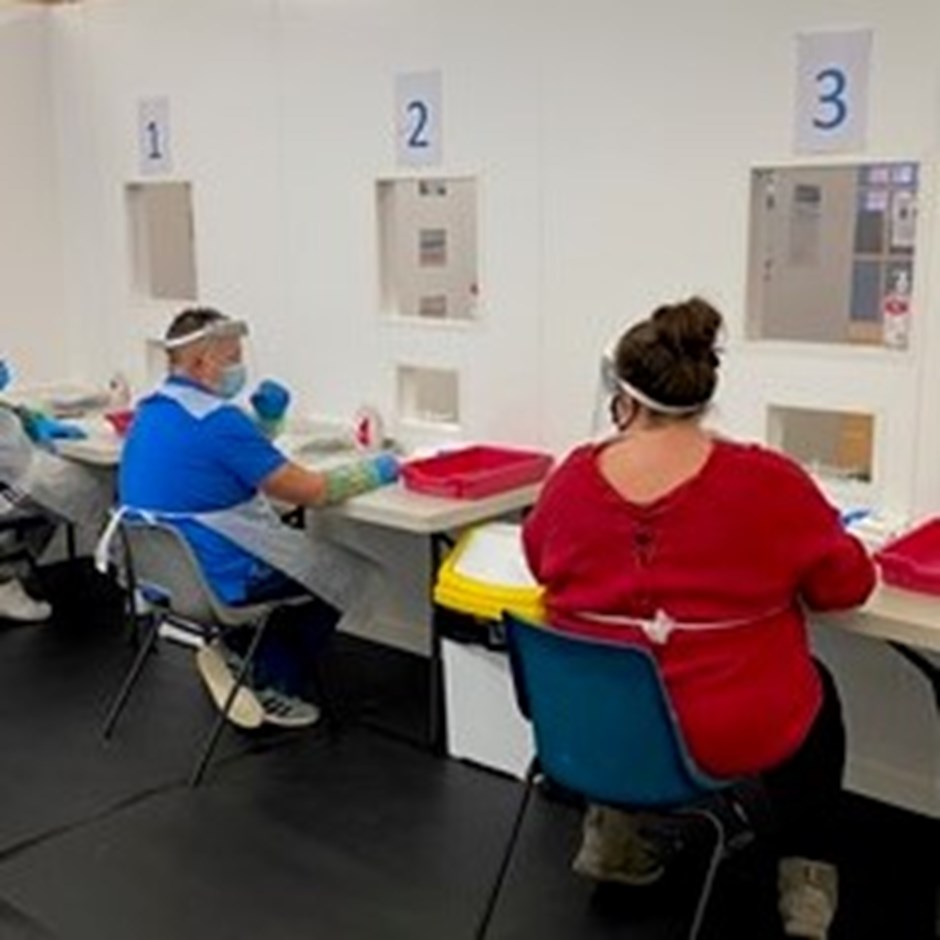Leicester's Care, Health and Wellbeing Strategy 2022-2027
Background
When the previous strategy was published in 2019, none of us knew that the world was about to change dramatically. The coronavirus (COVID-19) pandemic was to affect our lives in ways that we could not have imagined.
Leicester and its people have been subject to some form of coronavirus related restrictions since March 2020. Leicester was the first place in the country to be placed into a local lockdown in summer 2020 to try and curb coronavirus infection levels in the summer of 2020. The pandemic has affected people unequally, with differences seen in levels of infection, serious illness and death based on people’s ethnicity, and living and working conditions.
For example, some people with lower paid jobs were unable to work from home and therefore at greater risk of acquiring and dying from the infection. Another example of those disproportionately affected include those living in overcrowded and poor-quality housing. These factors are beyond people’s individual control, and the COVID-19 pandemic has further exacerbated the struggles that people face due to them.

The issues identified as important by the people of Leicester in 2019 have not gone away. There will have been differences in people’s experiences of life during the coronavirus pandemic. This updated strategy is a ‘call to action’ to tackle the origins of ill health in our city alongside our recovery from the coronavirus pandemic, by fostering a shared approach to protecting residents’ health and wellbeing with local organisations and communities.
We know that improving access to services when people need them is important to the people of Leicester. Evidence shows that simply increasing access to health, care and wellbeing services will not adequately address health needs or improve the wellbeing of Leicester’s residents.
Improvements in access in services will need to happen alongside a more rounded approach to addressing health challenges. We need to consider the broad factors that determine a person’s health and wellbeing, such as people’s unique characteristics, their environment, communities and relationships.
The image below illustrates how general socio-economic, cultural and environmental factors can interact to determine a person’s health and wellbeing.

(The Dahlgren-Whitehead rainbow - Economic and Social Research Council (nationalarchives.gov.uk))
A range of community and faith groups have been integral parts of Leicester’s response to the pandemic, supporting local residents with practical support such as delivering food or medicines, and working to support vaccination pop-up clinics in community venues.

By drawing on the existing resources of partners and communities and building on the relationships that have developed over the course of the pandemic, we can work together to provide innovative and wide-ranging solutions to the city’s complex health and wellbeing needs.

Health Inequalities Framework
Local organisations are working together on solutions. We have a new Health Inequalities Framework, which sets out the ways that the NHS, local government and community and voluntary sector organisations will work together to reduce unfair and avoidable differences in wellbeing experienced by people in Leicester.
We will look to develop a new action plan together with different communities across Leicester to come up with local solutions for issues that affect the physical, emotional and mental wellbeing of our residents.